
Cosmetic dentistry, also known as esthetic dentistry, has not been clearly defined by the American Dental Association (ADA). However, dentists define it as the method of dentistry that improves a patient’s smile and self-image. Having a beautiful smile and strong teeth are essential for many reasons—aesthetically and in relation to overall health.
An attractive smile, or lack thereof, affects your oral health. In addition, self-confidence and how the world perceives you on the outside are also impacted. This is because a person’s smile is usually the first feature anyone notices.
Esthetic procedures include dental veneers and teeth whitening. On the other hand, dental crowns, dental bridges, dental bonding, dental implants, inlays and onlays, and dentures are all restorative dental treatments.
The most common age groups that undergo cosmetic dental procedures are those between 31 to 40 years old (38 percent) and 41 to 50 years old (32 percent). Ninety-six percent of esthetic dentistry patients are also female.
Cosmetic dentistry procedures can correct misshaped, chipped, discolored, and missing teeth.
There are simple and sophisticated solutions for fixing a smile, depending on the patient’s desired outcome. According to experts, there are many reasons why an individual is unhappy with their smile. For example, the most common causes are tooth discoloration, teeth crowding, and teeth gaps. Dental veneers are the most requested treatment because they can correct all of the cosmetic issues listed above.
It’s important to look for dentists who are qualified in the specific area of treatment you are seeking. For example, all dentists learn cosmetic techniques in traditional dental schools.
Although, some dentists invest more time and money into continuing education for cosmetic dentistry, which makes them better equipped than someone who hasn’t made the same investment. So, finding a dentist that focuses on cosmetic procedures ensures you will receive the highest quality treatment.
Esthetic dental treatments are commonly referred to as “smile makeovers.” In particular, there are a few cosmetic procedures to choose from based on individual needs:
Teeth Whitening
Whitening treatments include over-the-counter treatments, in-office whitening treatments, and intensive treatment using custom impressions. Although, “Kör Whitening” is the most effective in-office treatment, according to dental experts. In short, it is a multi-step whitening treatment that requires a minimum of two weeks to see results.
Veneers
Veneers improve the appearance of chipped, discolored, misshapen, or crooked teeth. There are also a few different types of veneers to choose from. For example, porcelain veneers bond to the teeth using a special cement and require recontouring. On the other hand, prepless veneers do not require recontouring before placement.
veneer
Veneers provide excellent aesthetic results, so many patients prefer them over teeth whitening products and orthodontic treatments.
Braces and Clear Aligners
Braces and clear aligners are orthodontic treatments, but they are also considered cosmetic by nature. This is because most people who invest in braces or clear aligners, such as Invisalign, do so to improve their appearance. In some cases, braces or clear aligners may be medically necessary.
Both devices put pressure on your teeth, which moves them into the correct positions over time. Children and teens often get traditional metal braces, while adults typically get clear braces or aligners because they are less noticeable.
Gum Contouring
Gum contouring is another cosmetic procedure that changes the shape of your gums. During the procedure, a dentist cuts away any excessive gum tissue that is causing a “gummy” smile. A gummy smile is when a person has too much gum tissue above their top teeth. Contouring can also be used to restore exposed teeth caused by receding gum tissue.
Veneers — not covered by insurance
Braces — may be partially covered by insurance, depending on age and insurance plan
Clear Aligners — may be partially covered by insurance, depending on age and insurance plan
Gum Contouring — may be partially covered by insurance if the procedure is needed for oral health reasons
There is no need for you to be concerned about your smile, no matter how many imperfections you think you have.
You, too, can have that dazzling smile without the need for a filter. Contact us today to schedule an appointment and see what might work for you!